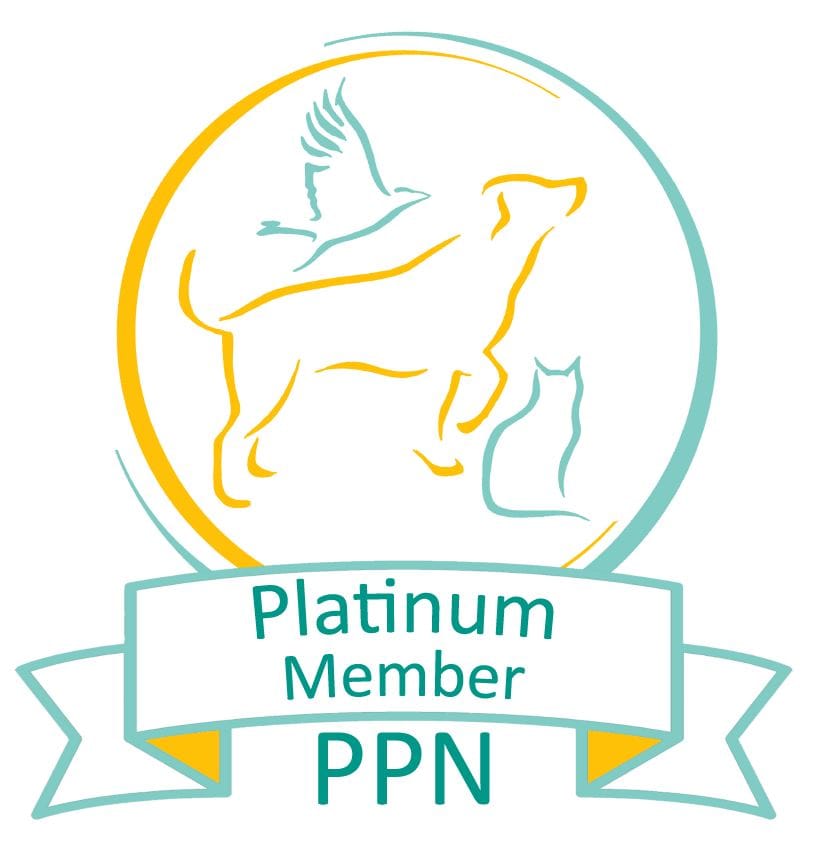How you and your dog can work together to make better life for both of you
28/03/2018 - Blog
Following on from our last blog posted in the run-up to Crufts 2018, I’m proud to report that CK9’s Chantal, Splash and Savannah had an amazing day.
Chantal and Splash also took 2nd, 3rd and 4th places respectively in the three classes they entered as part of the medium ABC competition. Fabulous work!
That sort of success is the result of a really close working relationship between dog and owner. In this blog, we’re going to look at how a close relationship benefits dogs and their owners in everyday life and how dog training classes can help build that relationship.
Human and dog: The perfect mutual relationship
Have you ever wondered why of all the animals that existed at the same time as our most ancient ancestors, it was the dog who we invited to live and work with us as part of our families? OK, so cats sometimes live with us, horses work with us but dogs are the ones who form the strongest relationships with humans.
I don’t have a definitive answer for you I’m afraid. There are several theories but no proof. However nobody can deny that when dog and human work together (like Chantal Splash at Crufts), they really do work well together.
Dogs protect our homes, they listen to our troubles, they can be trained to rescue us, find drugs, alert us to illnesses, guide the blind, comfort the sick – the list goes on…..In return, we offer our dogs a safe place to live, regular meals, mental stimulation, protection, veterinary care and companionship.
Building a relationship that you can both enjoy
Even though we have lived with dogs for thousands of years, we’re not always good at helping them reach their full potential. Sometimes, through inexperience we misunderstand our dog’s needs and that can lead to unwanted behaviour.
I’ll wager that you don’t have to work too hard to think of a dog who does at least one of the following
- Gets upset when left alone
- Pulls on the lead
- Is aggressive towards other dogs
- Barks like crazy when anyone passes to close to “his” property
- Has to be walked at night because he reacts strongly to dogs or people
- Behaves badly in the car
- Doesn’t come back when called
- Takes food from the table – or worse - from children’s hands
Copyright © 2024 CK9 Training









